Introduction
In the vast realm of culinary delights, few ingredients captivate the senses quite like bamboo fungus, scientifically known as Dictyophora indusiata. This exquisite edible mushroom, often referred to as zhu sun in Chinese, boasts a delicate texture and an earthy, umami-rich flavor that elevates dishes to new heights. Native to Asia, particularly China, bamboo fungus has been cherished for centuries not only for its culinary prowess but also for its perceived health benefits. Its unique appearance, with a veil-like skirt that resembles an elegant dancer’s skirt, adds an artistic touch to any meal.
Cooking bamboo fungus might seem intimidating to the uninitiated, but with the right techniques and understanding, it can become a staple in your gourmet repertoire. This guide aims to demystify the process of preparing and cooking bamboo fungus, ensuring that you harness its full potential in the kitchen.
Understanding Bamboo Fungus

Before diving into the cooking process, it’s crucial to understand the basics of bamboo fungus. This mushroom grows on the roots of bamboo plants, thriving in warm, humid climates. Its name, “bamboo fungus,” is derived from its association with bamboo, though it is not a direct parasite on the bamboo itself. Instead, it forms a symbiotic relationship with the soil and bamboo roots.
When fresh, bamboo fungus has a soft, sponge-like texture and a slightly rubbery feel. It is typically white or pale yellow in color, with the distinctive skirt-like veil that makes it instantly recognizable. Dried bamboo fungus, which is more commonly available in international markets, retains its flavor but requires soaking to rehydrate before use.
Selecting and Storing Bamboo Fungus
When purchasing bamboo fungus, look for firm, dry specimens without signs of mold or discoloration. Dried bamboo fungus should have a mild, earthy aroma. Avoid any that smell musty or have an unpleasant odor, as this could indicate spoilage.
Store dried bamboo fungus in an airtight container in a cool, dark place. Properly stored, it can last for several months to a year. Once rehydrated, cooked bamboo fungus should be consumed immediately or refrigerated for up to a week.
Preparing Bamboo Fungus for Cooking

-
Soaking Dried Bamboo Fungus:
Begin by soaking dried bamboo fungus in cold water for at least 2-4 hours, or until it becomes fully hydrated and soft. You may need to change the water once or twice to remove any impurities. Once soaked, gently squeeze out excess water but avoid rinsing, as this can wash away some of its flavor. -
Cleaning:
Fresh bamboo fungus may require cleaning to remove any dirt or debris. Use a soft brush or a damp cloth to gently wipe the surface clean. Avoid soaking fresh bamboo fungus in water, as this can make it too soft and lose its structure. -
Trimming:
Cut off the hard, woody base of the bamboo fungus, as it is not edible. The skirt-like veil can be left intact for aesthetic purposes or trimmed off if preferred.
Cooking Techniques for Bamboo Fungus
Bamboo fungus is versatile and can be incorporated into a wide range of dishes, from soups and stir-fries to desserts and salads. Here are some popular cooking techniques:
-
Soup and Stews:
Bamboo fungus is a star ingredient in many Asian soups, particularly those featuring chicken or vegetarian broths. Its ability to absorb flavors makes it an excellent choice for long-cooking dishes. Simply add the hydrated bamboo fungus to the soup pot during the last 30 minutes to an hour of cooking to prevent it from becoming overly soft.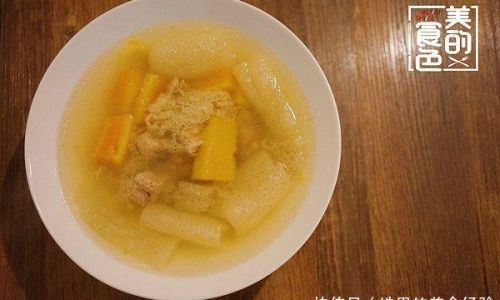
Recipe Example: Chicken and Bamboo Fungus Soup
Ingredients:- 1 whole chicken or chicken bones for broth
- 100g dried bamboo fungus, soaked and sliced
- 4 slices of ginger
- 2-3 green onions, tied into a knot
- Salt and pepper to taste
- Optional: other soup ingredients like red dates, goji berries, or shiitake mushrooms
Instructions:
- Boil the chicken or bones with ginger and green onions to make the broth.
- Skim off any impurities that rise to the surface.
- Add the soaked bamboo fungus and cook for another 30-60 minutes.
- Season with salt and pepper before serving.
-
Stir-Fries and Stir-Fry Noodles:
Bamboo fungus adds a unique texture and flavor to stir-fries. Slice it into thin strips or small pieces and cook it quickly over high heat with other vegetables and proteins like shrimp, pork, or tofu. A light sauce, such as soy sauce, oyster sauce, or a blend of garlic and ginger, enhances its natural umami.Recipe Example: Bamboo Fungus and Shrimp Stir-Fry
Ingredients:- 100g dried bamboo fungus, soaked and sliced
- 200g shrimp, peeled and deveined
- 1 red bell pepper, sliced
- 1 small onion, sliced
- 2 cloves garlic, minced
- 2 tbsp vegetable oil
- 2 tbsp soy sauce
- 1 tbsp oyster sauce
- Salt and pepper to taste
Instructions:
- Heat oil in a wok or large skillet over high heat.
- Add garlic and stir-fry until fragrant.
- Add shrimp and stir-fry until pink and cooked through.
- Add onion and bell pepper, stir-frying until they soften.
- Add bamboo fungus, soy sauce, and oyster sauce, stirring to combine.
- Cook for another 2-3 minutes until everything is heated through.
- Season with salt and pepper before serving.
-
Salads and Appetizers:
For a refreshing change, bamboo fungus can be used in salads. Its mild flavor pairs well with fresh vegetables, herbs, and a light vinaigrette. Blanch the bamboo fungus briefly in boiling water before adding it to the salad to ensure it’s tender but still has some crunch.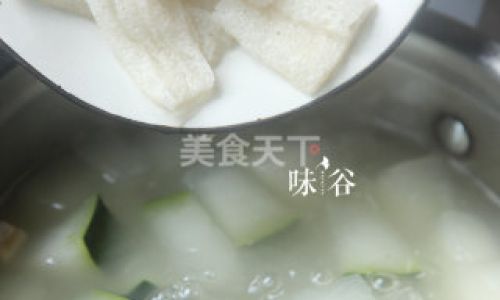
Recipe Example: Bamboo Fungus and Avocado Salad
Ingredients:- 100g dried bamboo fungus, soaked and sliced
- 1 ripe avocado, diced
- 1 cucumber, diced
- 1 red onion, finely sliced
- Fresh cilantro, chopped
- For the dressing:
- 2 tbsp lime juice
- 1 tbsp olive oil
- 1 tsp honey or agave syrup
- Salt and pepper to taste
Instructions:
- Blanch the bamboo fungus in boiling water for 1-2 minutes, then drain and rinse with cold water to stop the cooking process.
- In a large bowl, combine the bamboo fungus, avocado, cucumber, red onion, and cilantro.
- In a small bowl, whisk together the lime juice, olive oil, honey, salt, and pepper to make the dressing.
- Pour the dressing over the salad and toss gently to combine.
- Serve immediately.
-
Desserts and Sweet Dishes:
Unconventional but delightful, bamboo fungus can also be used in desserts. Its neutral flavor and ability to absorb flavors make it a great base for creamy desserts or as a texture enhancer in puddings and custards. Soaked and blended with coconut milk, sugar, and vanilla, it creates a luxurious and unique dessert.Recipe Example: Bamboo Fungus Pudding
Ingredients:- 100g dried bamboo fungus, soaked and finely chopped
- 2 cups coconut milk
- 1/2 cup sugar or honey
- 1 tsp vanilla extract
- Pinch of salt
Instructions:
- In a blender, combine the soaked and chopped bamboo fungus, coconut milk, sugar, vanilla extract, and salt.
- Blend until smooth and creamy.
- Pour the mixture into a saucepan and cook over medium heat, stirring constantly, until it thickens to a pudding-like consistency.
- Pour the pudding into serving dishes and refrigerate until set.
- Serve chilled, topped with fresh fruit or a sprinkle of cinnamon if desired.
Conclusion
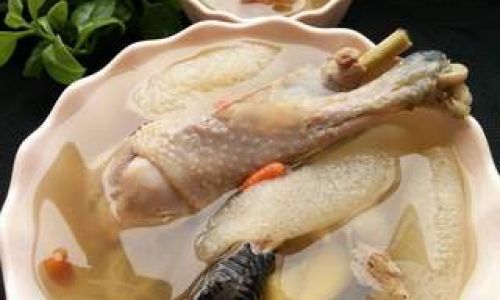
Bamboo fungus, with its elegant appearance and rich, umami-laden flavor, is a treasure trove for the culinary enthusiast. From hearty soups and stir-fries to refreshing salads and indulgent desserts, its versatility makes it a must-try ingredient for anyone looking to elevate their cooking. By following the preparation and cooking techniques outlined in this guide, you can harness the full potential of bamboo fungus, transforming it into a delightful addition to your culinary repertoire. Whether you’re a seasoned chef or a home cook eager to experiment, bamboo fungus promises a culinary adventure that’s both satisfying and inspiring.
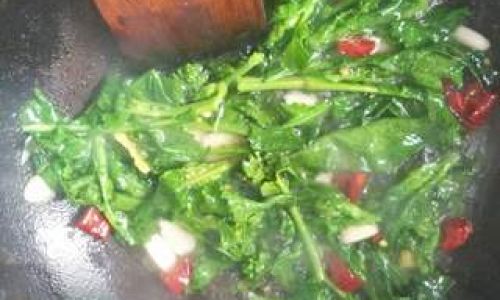
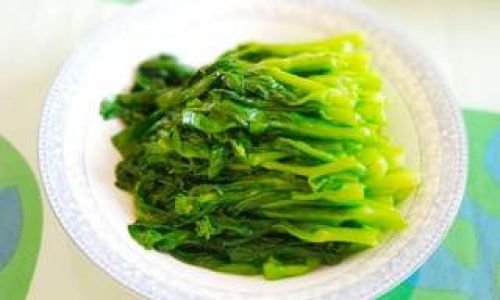
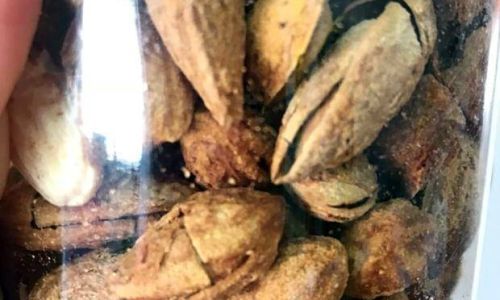
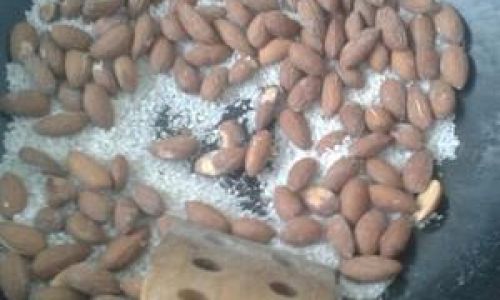
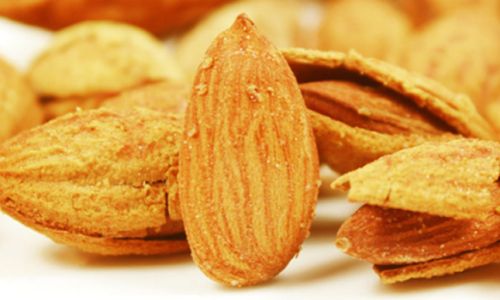
0 comments